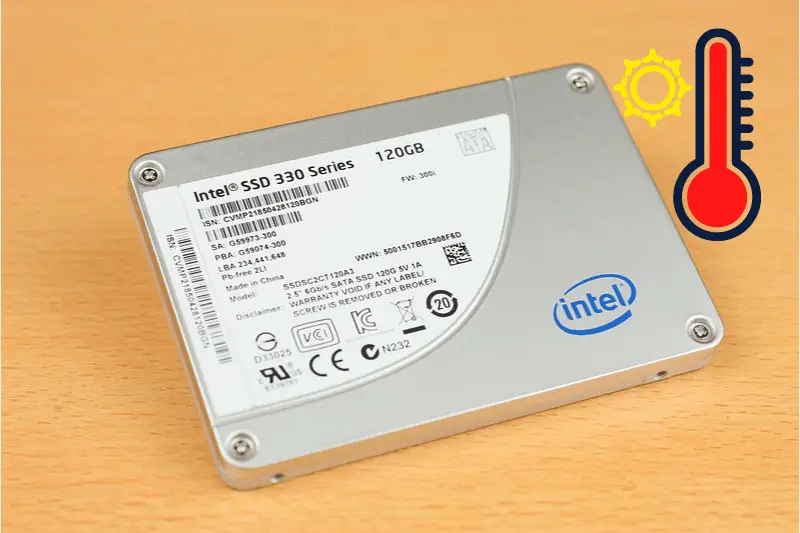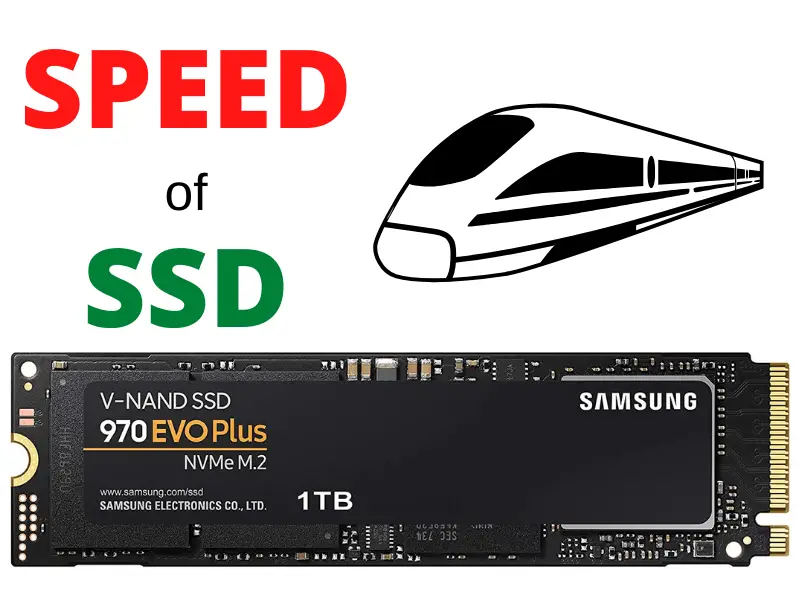I recently came across the Anet A8, a DIY 3D printer kit, and couldn’t resist diving in and giving it a try.
As a newcomer to the world of 3D printing, I was impressed by how easy this kit was to assemble, and even more thrilled by the potential it held for creating custom objects.

One of the first things I learned after setting up my Anet A8 3D printer was how to print.
I found that understanding the printing process made using this device much more enjoyable and accessible, even for someone like me who is new to 3D printing.
In this article, I hope to share some of these insights with you, to help you get started with your own Anet A8 and embark on your journey into the world of 3D printing.
Table of Contents
Getting Started with Your Anet A8

Unboxing and Assembly
When I first received my Anet A8, I was excited to get started. The packaging was simple and it came with an assembly manual that provided detailed instructions.
The assembly process took some time, but I was able to follow the step-by-step guide that made it easier for a beginner like me.
The Anet A8 is a DIY 3D printer kit, which means there’s assembly required. I put together the frame, mounted the motors, and installed the hot end and heat bed.
The manual laid out everything I needed to know about assembling the printer, and I also found the large online support community, including forums and Facebook groups, where I could ask questions and get advice from fellow users.
Connectivity and Software Setup
When my Anet A8 was fully assembled, I needed to set up the software and connect the printer before being able to start 3D printing.
I learned that the printer is compatible with various slicing software, such as Cura. I chose Cura because it’s user-friendly and widely recommended.
To set up the software, I downloaded Cura for free and intalled it on my computer. I then added the Anet A8 as a new printer within the software and configured the print settings.
For connectivity, the Anet A8 offers two primary options: printing from an SD card or connecting via USB. I found that using an SD card is more convenient as it allows the printer to work independently from the computer.
Here’s a quick breakdown of how I prepared my Anet A8 for printing:
- Installed slicing software (Cura in my case)
- Added and configured the Anet A8 in the software
- Selected an STL file and sliced it into GCODE within the software
- Saved the GCODE file onto the root of the SD card
- Inserted the SD card into the Anet A8 and mounted it
- Selected the file on the printer, and the printing process began!
In summary, my experience with getting started with the Anet A8 involved assembling the printer, setting up the slicing software, and choosing between SD card or USB connectivity.
It required some effort and patience, but it was all worth it when I started printing my first 3D models.
First Print and Calibration

Leveling the Bed
As I started my journey with the Anet A8, one crucial step I discovered was leveling the bed. This ensures that the print adheres well to the surface and improves print quality.
First, I preheated the heat bed to the temperature recommended for the material I was using (e.g., PLA filament).
Once the bed was heated, I powered off the printer and manually moved the print head to each corner of the bed, adjusting each leveling screw using a piece of paper as a feeler gauge.
The goal was to achieve a slight resistance when sliding the paper between the nozzle and the bed. I checked and adjusted the entire bed a few times to ensure consistency across the surface.
Loading the Filament
Next came loading the filament into the printer. With the extruder already preheated for the chosen material, I gently pushed the filament through the extruder until it reached the hot end.
Then, I observed molten filament oozing out of the nozzle, confirming it was properly loaded.
Printing Your First Model
Finally, it was time to print my first model. I selected a simple print file in the GCODE format and saved it on the Anet A8’s SD card.
After inserting the card into the motherboard, I navigated the printer’s menu to access the file and initiated the printing process.
As the printer began, I kept a close eye on the first few layers, ensuring proper adhesion to the heat bed and making minor adjustments to the bed leveling screws if needed.
Then, I patiently monitored the printer’s progress while it brought my first 3D model to life.
In summary, I followed these simple steps to achieve success with my Anet A8’s first print:
- Level the bed
- Preheat the heat bed and extruder
- Load the filament
- Save the GCODE print file on the SD card
- Start the print and monitor the progress
These processes helped me to learn the basics of using the Anet A8 3D printer and enabled me to start enjoying the world of 3D printing.
Enhancing Print Quality

Optimizing Print Settings
When I print with my Anet A8, I find that optimizing print settings is key for better outcomes. Let’s take a look at some crucial factors and their ideal settings:
- Material: Depending on the material, such as ABS, PLA, or PP, the settings need to be adjusted accordingly. For instance, PLA typically prints at a lower temperature than ABS. It’s essential to follow the manufacturer’s guidelines for specific materials.
- Print speed: Balancing print speed and quality is vital. A slower print speed allows more time for layers to cool and adhere, resulting in improved print quality.
- Layer height: Finer layer heights often produce smoother surfaces but increase print time. Coarser layer heights are faster but may result in a rougher finish.
- Fan settings: Proper cooling is crucial for good prints. Adjusting the fan speed can help prevent overheating and improve the quality of overhangs.
- Supports and skirts: Incorporating supports and skirts can ensure better adhesion to the hot bed and enhance print stability.
By tailoring these settings, I usually achieve consistent results and high-quality prints with my Anet A8.
Upgrades and Modifications
Another way I’ve found to improve the print quality on my Anet A8 is through upgrades and modifications. Below are some suggested upgrades:
- Belt tensioners: These help maintain a consistent belt tension, reducing wobble and resulting in cleaner prints.
- Upgraded hot bed: A better hot bed can provide more even heating, improving adhesion and reducing warping.
- Upgraded cooling fan: An upgraded fan can cool prints more effectively, preventing overheating and improving overhangs.
- Stepper motor dampers: Installing motor dampers reduces vibration and noise, leading to more precise movements and higher quality prints.
By combining optimized print settings and strategic upgrades, I’ve managed to achieve impressive print quality on my Anet A8. I hope that these adjustments help you too!
Troubleshooting and Maintenance

Common Issues and Fixes
One common issue I’ve faced with the Anet A8 is the mainboard not responding to commands. In such cases, first, I check if all the wires are correctly connected. If the problem persists, I consider replacing the mainboard.
Another issue that may occur is the hot end not heating up. To fix this, I start by checking the power supply and the wires connecting the hot end to the mainboard.
If everything seems fine, I test the hot end by manually setting the temperature and waiting to see if it heats up. If it doesn’t, I replace the heating element.
Regular Maintenance Tasks
To keep my Anet A8 in great working condition, I perform the following regular maintenance tasks:
- Leveling the bed: Ensuring the bed is level is crucial as it directly impacts print quality. I make sure to check the bed level before I start a new print.
- Tightening belts: Over time, the belts may become loose, which affects the print precision. I periodically inspect the belts and tighten them if needed.
- Inspecting the wires: It’s essential to check all the wires for wear and tear, as loose or damaged wires can lead to various issues. I look for frayed or damaged wires and replace them immediately if discovered.
- Lubricating moving parts: To ensure smooth movement and reduce wear, I lubricate the moving components periodically, especially the X and Y axis rods and the Z axis lead screw.
- Cleaning the nozzle: A clogged nozzle can cause incomplete or failed prints. I frequently clean the nozzle when the printer is safe and cool by using a thin wire or a specialized cleaning tool.
Remember to always turn off and unplug the Anet A8 before performing any maintenance tasks to avoid the risk of injury.




